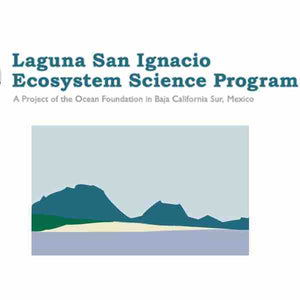
Using UAV-Drones to assess gray whale condition and reproductive success
Drones to document gray whale growth and breeding condition.
The Problem
Gray whales feed in North Pacific Arctic waters only during summer months to obtain sufficient energy reserves for migration and reproduction during their winter breeding season in Baja California, Mexico. Because gray whales do not feed during the winter, breeding females must obtain sufficient food in summer to bring their calves to term, to migrate to their winter breeding areas, and to return to summer feeding areas with their calves the following spring/summer. It is known that female gray whales may loose up to one-third of their body weight/mass during this reproductive cycle, and this must be replaced if they are to continue to reproduce in subsequent years. Ongoing climate change is affecting food production and availability for gray whales, and declines in food availability can affect their reproductive success. UAV-Drone technology provides a means to accurately document calf growth and female reproductive condition throughout the winter, and over time serves as an indicator of the whales' health, condition, reproductive success, and response to changing environmental conditions that affect the gray whale population.
The Solution
In 2018 we used Unmanned Aerial Vehicles - UAV-Drones to measure gray whale calves's growth and their mothers "shrinkage" to determine relationships between maternal rate of loss in energy reserves and calf growth over the 2018 breeding season (January – April) in Laguna San Ignacio, Baja California Sur, Mexico. We adapted the aerial photogrammetry methodology developed by Christiansen et al. (2018) to measure the body volume of gray whales from measurements obtained from UAV-Drones. This initial effort provided the "proof of concept" that this approach provides detailed information to determine energy transfer rates from gray whale mothers to their calves, and provides the quantitative basis for determining minimum energy requirements for breeding female gray whales, and insights into the reproductive investment required for successful reproduction in times of poor and abundant prey availability resulting from fluctuating climate conditions. This preliminary work was undertaken with UAV-Drones and equipment borrowed from our collaborators. We are seeking funds to purchase UAV-Drones that will be dedicated to this project. Field support (boat time, housing,laboratory space, and meals) will be provided by the Laguna San Ignacio Ecosystem Science Program (LSIESP) at no additional cost to this project.
Stage of Development
- Early Stage
- Established Prototype
- Scaling
- Other
Organization to Receive Funds
The Ocean Foundation - Laguna San Ignacio Ecosystem Science Program, 1320 19th Street, N.W., 5th Floor, Washington, D.C. 20036; IRS EIN 71-0863908





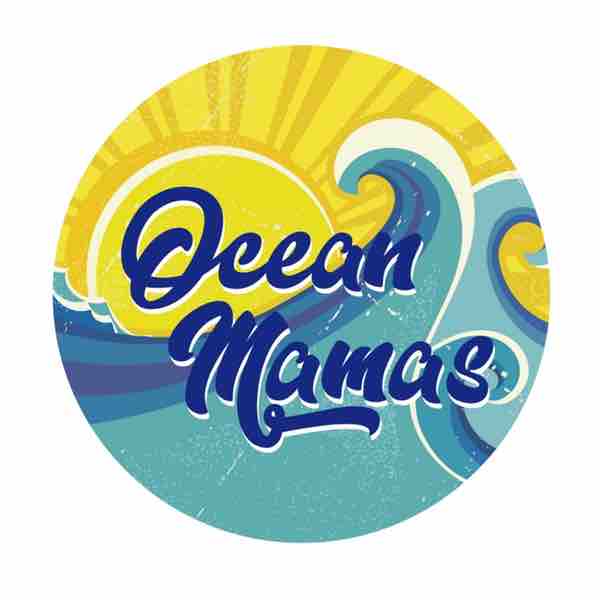
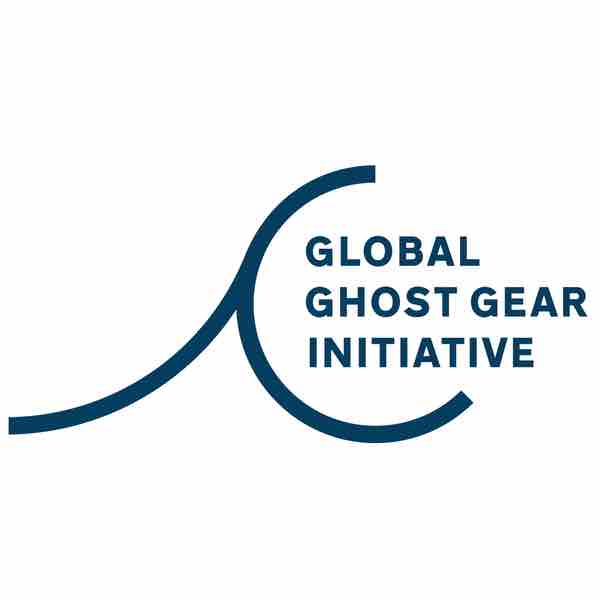
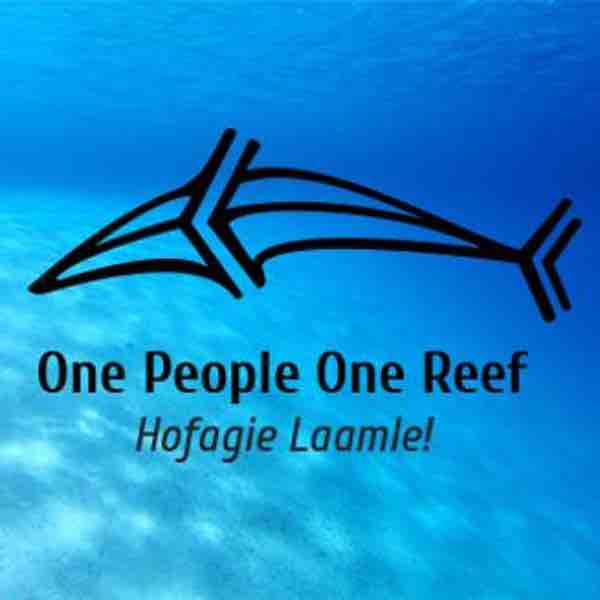
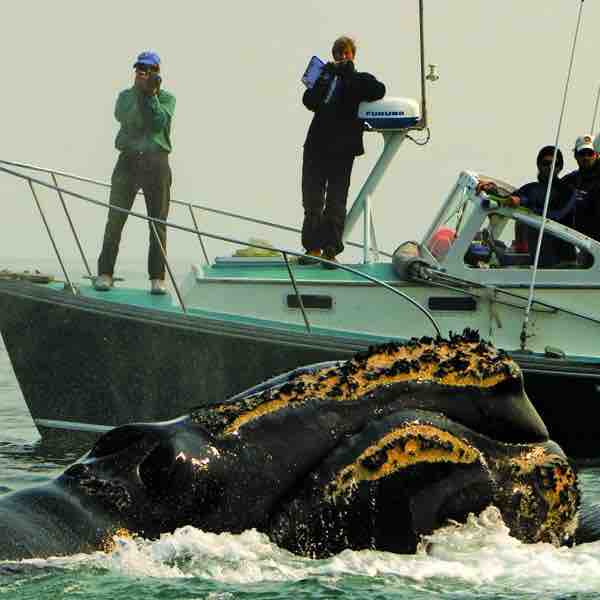

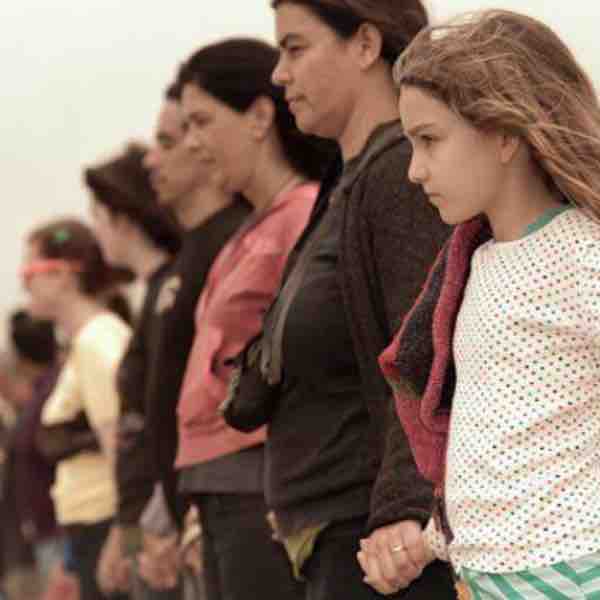
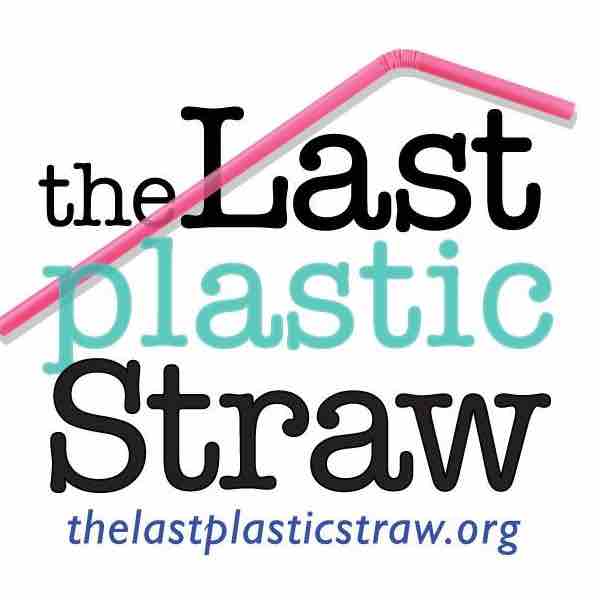
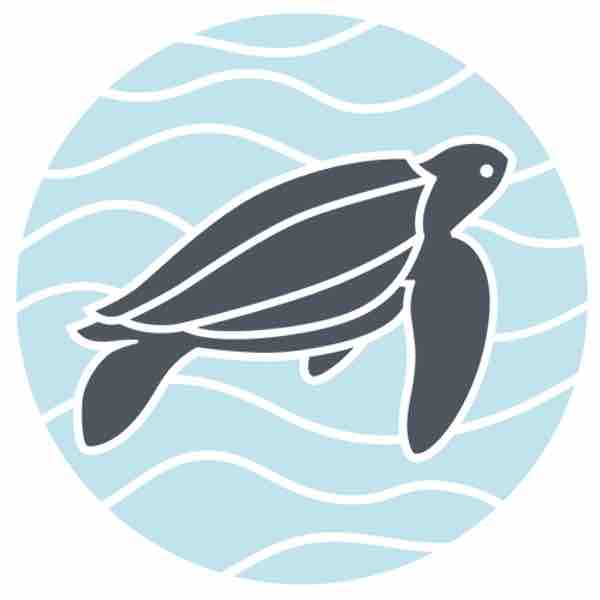
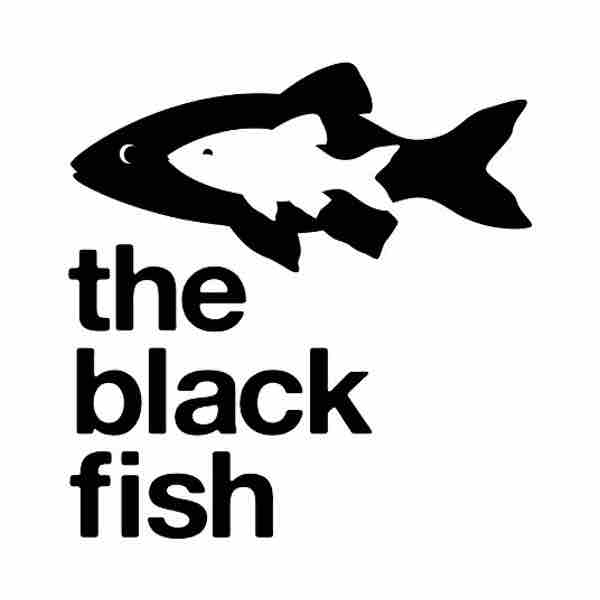


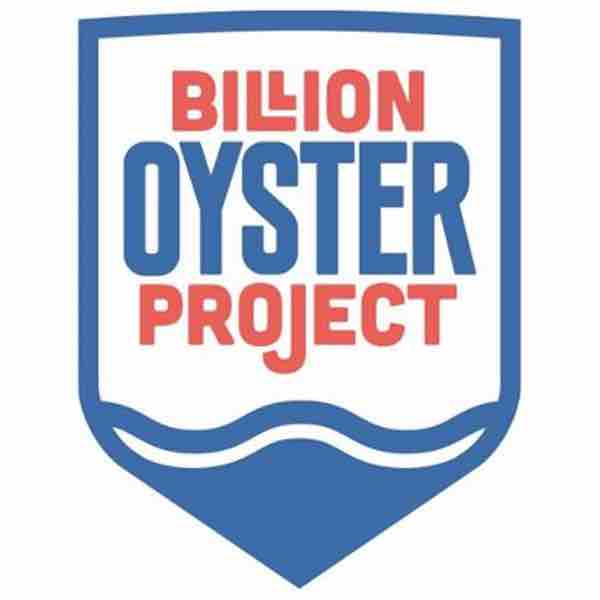
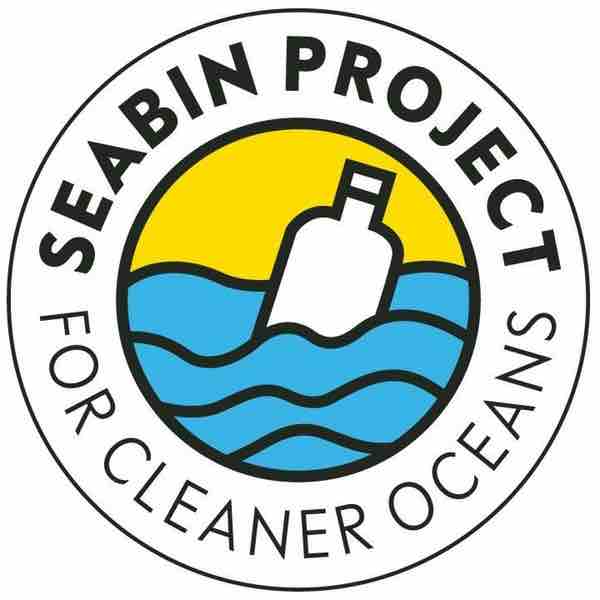

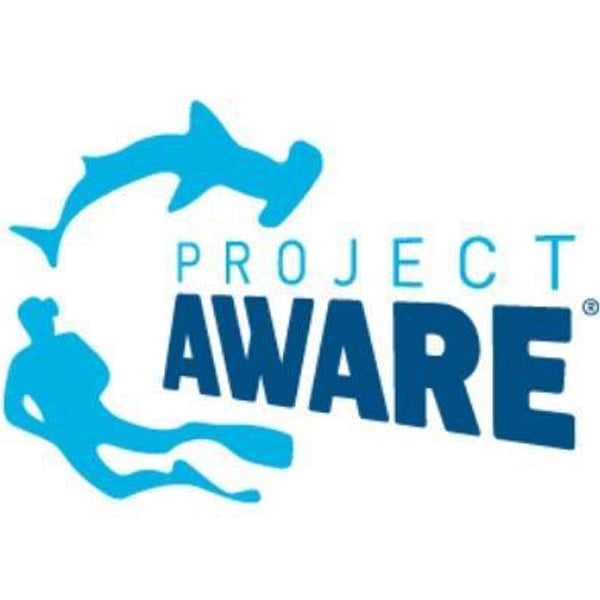

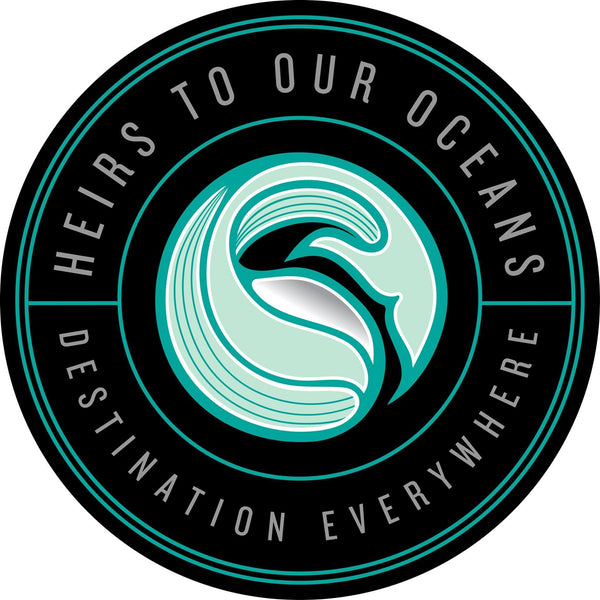
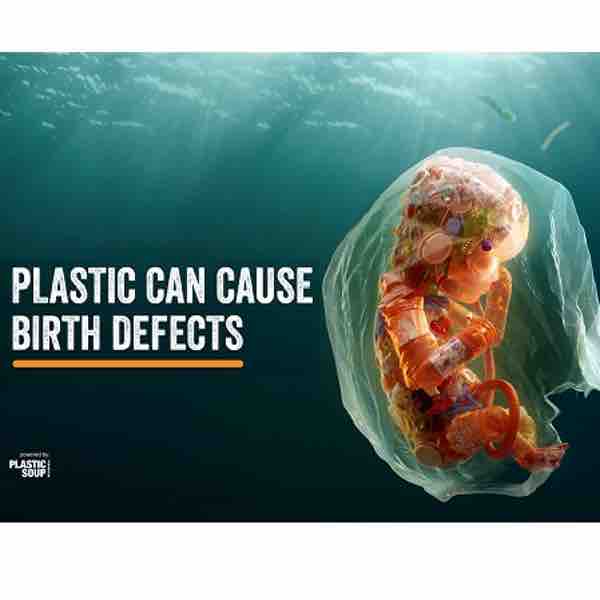
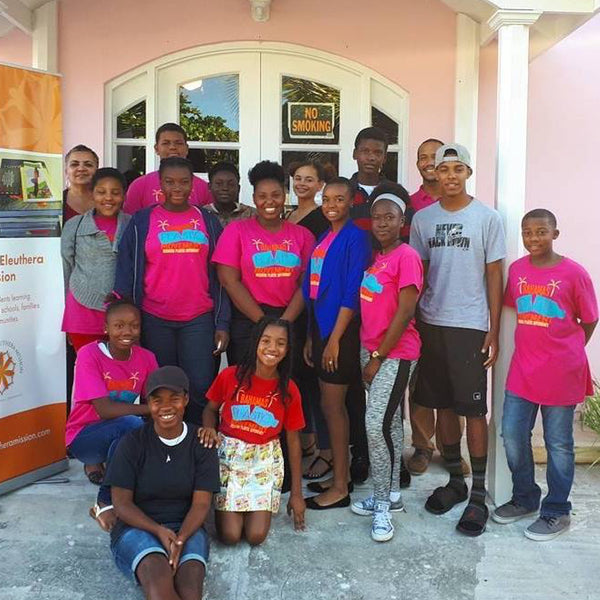
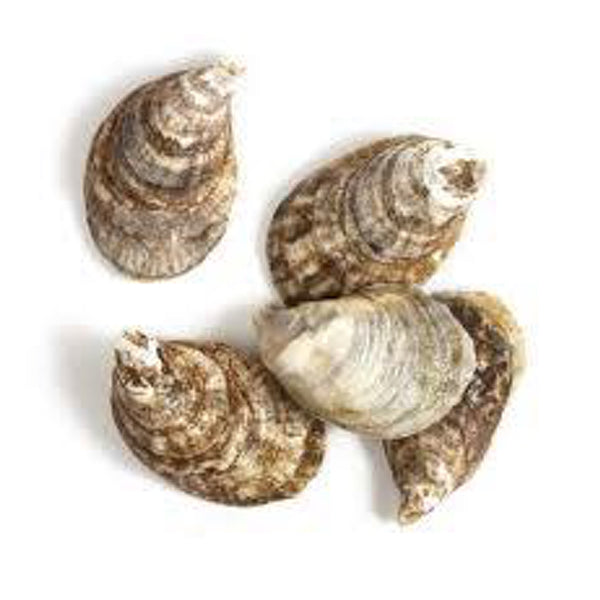


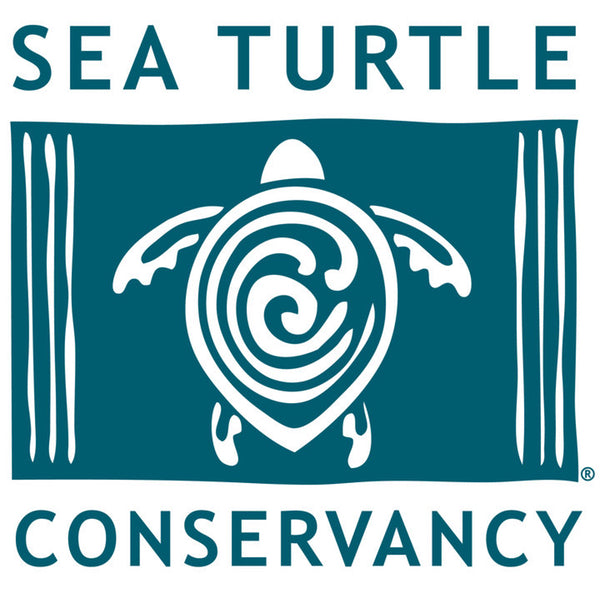

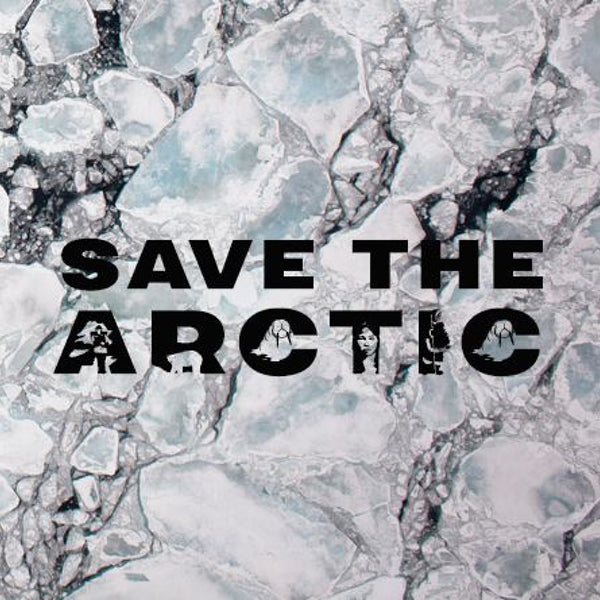

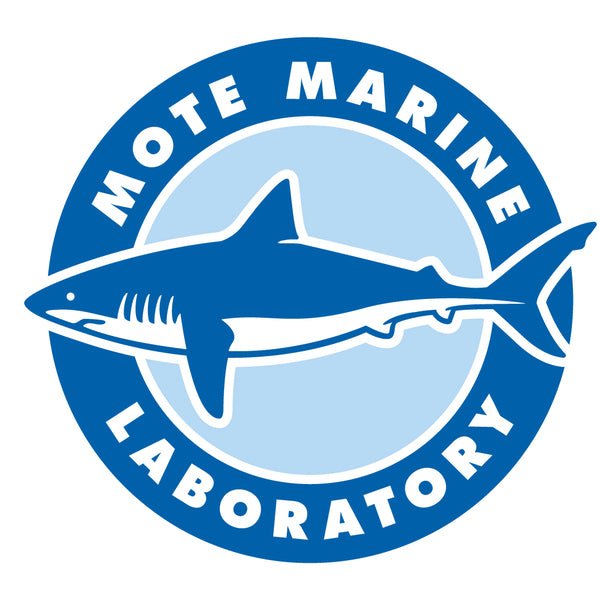

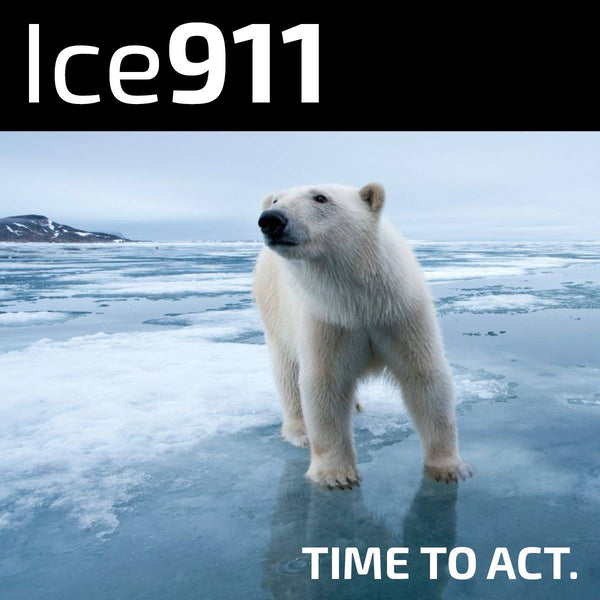
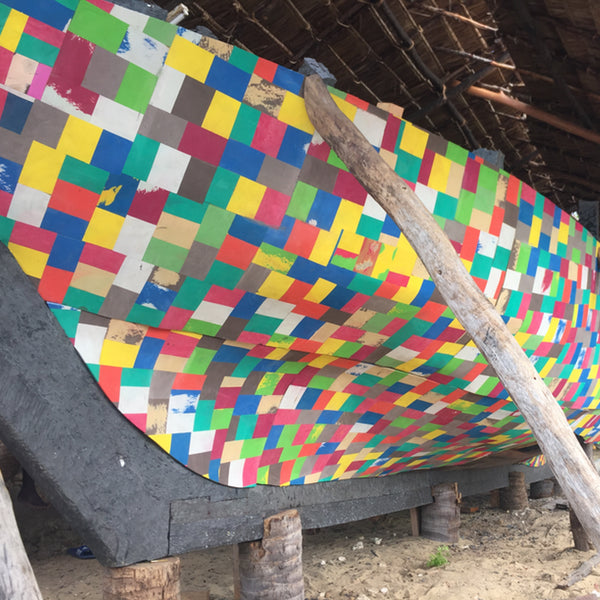
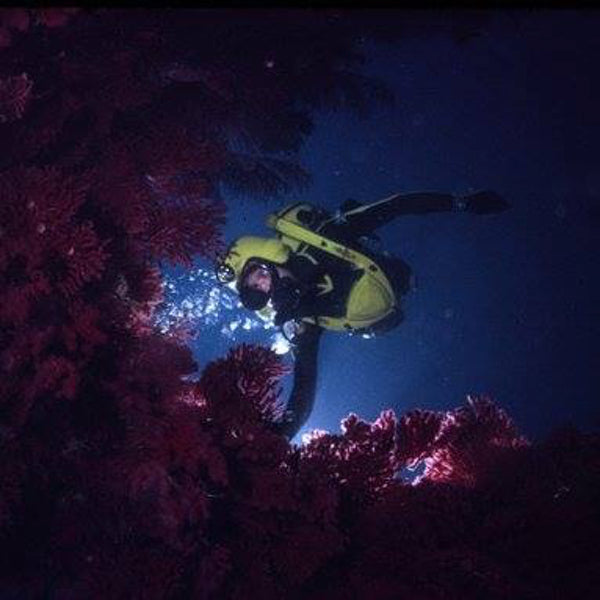
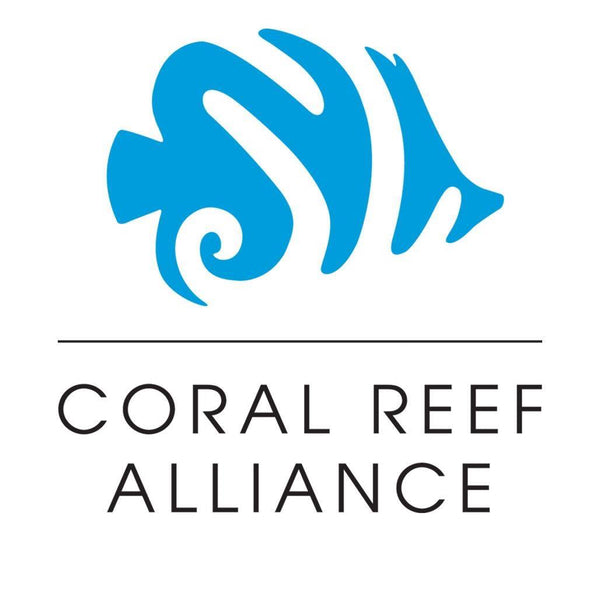

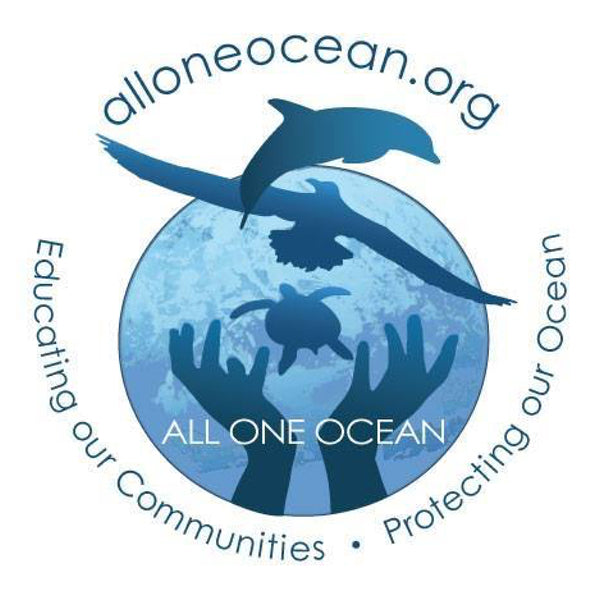
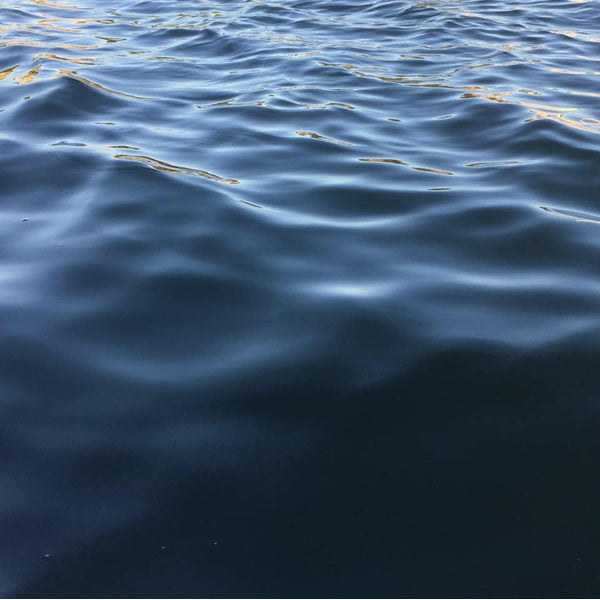


Join The Discussion